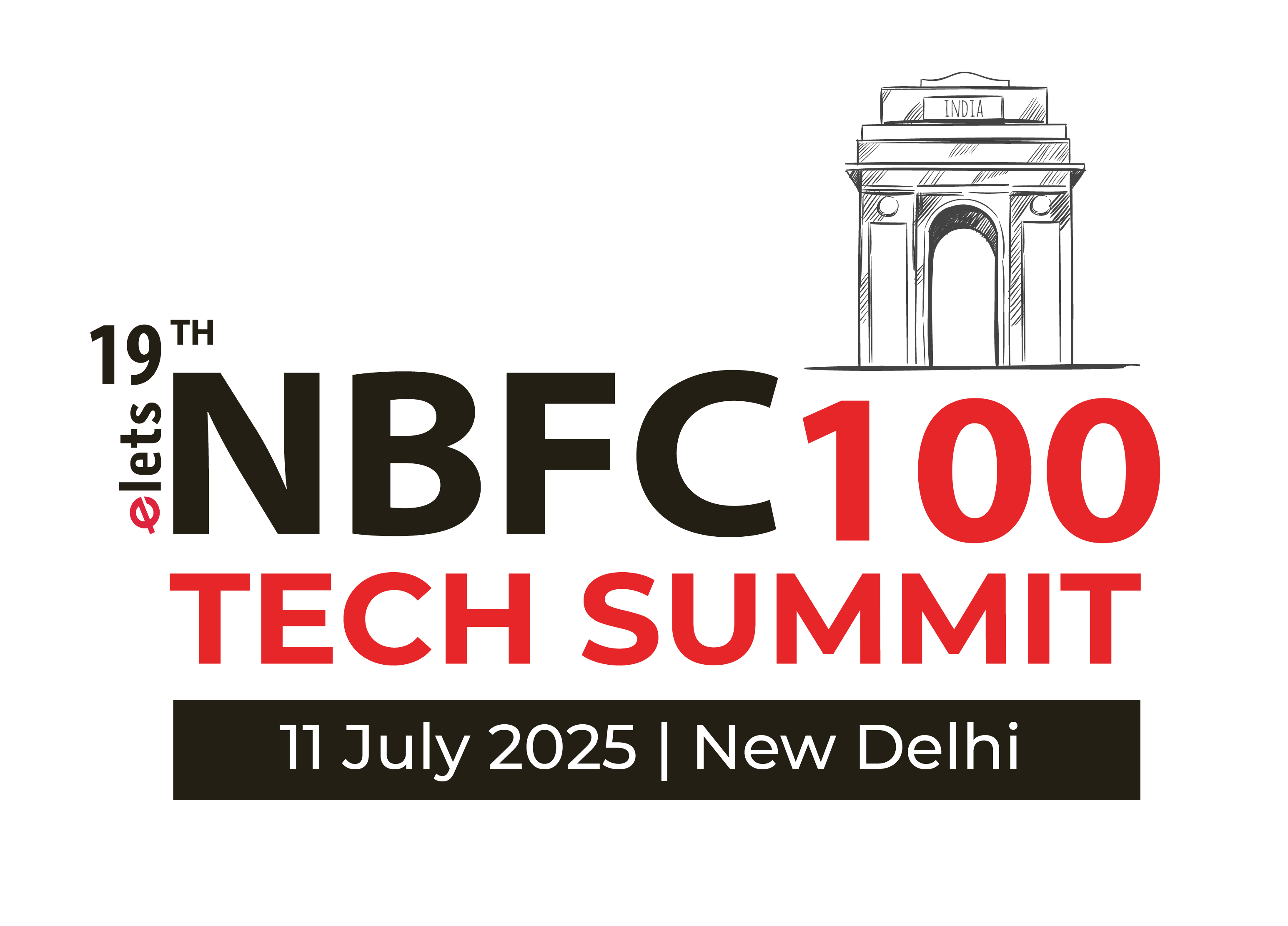The insurance industry was already engaged in its digital transformation pre-2019. Then the pandemic hit and social distancing combined with new customer expectations about relationships in a largely online world, meant insurers had to accelerate their transformation projects in order to continue to serve their customers.
And now that the transition to a remote work is complete, and in-person meetings are possible again, insurers are evaluating which digital transformation investments will bring the most benefit in the coming 12-14 months.
For many, the key priorities will be digital customer experience, accelerated technology adoption facilitated by the cloud and SaaS models, and the evolution of existing data into a strategic asset.
Here are 6 specific trends worth watching:
Trend 1: Digital Front-end Tools Create Opportunities for Hybrid Distribution
Insurance companies are still grappling with how to engage their customers in ways that rival leaders in other industries. How do you replicate your advisors’ ‘soft’ skills, in a portal, chatbot or online form? How do you build trust and empathy in an online environment? How do you personalize every sales or serviceexperience?
As part of their digital transformation, many carriers are adopting new, digital, integrated solutions like quoting and illustrations, eApplication, agent and client self-service portals, and Direct-to-Consumer (D2C) sales solutions. But most carriers do not have a 100% digital and automated workflow for getting policy applications from the consumer to issuance. And because of poor UX or because most consumers fall outside of current automated underwriting parameters many applications are not completed.
The answer for some carriers is to involve an advisor in the digital sales process to answer questions and provide the guidance and reassurance that is difficult to create virtually. The carrier and the client get the benefits of a more digitalized process with advisors’ empathy and trust-building abilities built in.
Trend 2: Hyper-personalization
We are on the verge of a new era of customer segmentation that has the potential to enable insurers to personalize everything from product design to marketing to sales and service. We’re not there yet, but new capabilities emerging as IoT and AI gain traction, coupled with data accessibility through APIs, will deliver on the promise of predictive analytics to provide customers with targeted solutions when they want, in the way they want.
And as our understanding of narrower and narrower customer segments improves the trend towards increasingly granular and targeted products and marketing campaigns will accelerate. In the foreseeable future we may think nothing of identifying niche markets of one customer.
Trend 3: Building customer engagement, not just great experiences
Insurance carriers face a unique challenge. It’s not enough to create great customer experiences in a single interaction, or even across an entire process (like policy application submission). Instead, insurers need to find a way to create engagement with a customer across the lifetime of the policy. And that is difficult given that customers rarely need to interact with a life insurance company.
This issue is forcing carriers to create new value propositionsthat will excite and compel the customer enough to make the insurer a part of their daily lives.
Trend 4: Focus on wellness versus mortality
One example of how carriers are re-imagining their value proposition and how it influences customer engagement is the emerging trend towards changing the insurance company’s focus from mortality to wellness.
This has led to the emergence and early adoption of wellness programs like Vitality. These programs, which support clients in the ongoing improvement of their health, significantly boost client engagement because they offer daily support for behaviors that led to better health. Structured programs using IoT wearables help consumers monitor exercise and nutrition while following a plan for weight reduction for instance. They provide the opportunity for regular touch points and different kinds of conversations between insurers, agents and clients. The consumer gets value from the program, carrier risk is reduced,and agents can have more frequent conversations with clients about their progress towards their health goals.
Trend 5: Out of the Box Solutions (and thinking)
Building successful customer experiences and engagement programs requires the right digital technologies and real-time access to the necessary data. One digital transformation trend that is emerging is to jump-start digitalization with Out-Of-The-Box (OOTB) solutions that are less costly and can be implemented quickly. The old ‘big bang’ approach to the simultaneous modernization of an entire IT platform that is highly customized and takes years to implement is becoming a thing of the past.
Instead, carriers seeking quick transformations are accepting core system and front-office solutions that are ready to implement, based on vendors’ years of experience in baking best practices into the design. These platforms require minimal configuration, which accelerates implementation and gets products to market faster.
Trend 6: Cloud & SaaS Models make back-office transformation easier
Most OOTB solutions take advantage of the trend towards adoption of cloud-based solutions that are delivered in a SaaS model. This makes sense for many companies, especially small and mid-size carriers, because it reduces the effort and resources required to manage solutions.
Also Read: Accelerating Banking Digital Transformation
Since the vendor/partner manages and hosts the solution,carriers no longer have to worry about maintenance, updates, or security patches. As well, only cloud solutions can effectively handle the variety, volume, and velocity of accelerated data across a spectrum of legacy, third party and emerging connected sensors and systems.
Wrap up: new models supported by data and technology are closing the customer expectation gap
“Big satisfaction gaps open when your customers are more digital than your company.”
As insurers prioritize investments over the next 12 -24 months, we will see an increased emphasis on trying to bridge existing customer expectation gaps. Carriers are working hard to craft world-class customer experiences and go beyond to create deep engagement. These new models and processes will be made possible by investments in OOTB modern core systems running in the cloud on SaaS models. Those companies who are able to capitalize on these new opportunities the fastest will gain significant market advantage.
Views expressed in this article are the personal opinion of Rana Biswas Vice President Insurance and wealth solutions APAC & ANZ,Equisoft.
Elets The Banking and Finance Post Magazine has carved out a niche for itself in the crowded market with exclusive & unique content. Get in-depth insights on trend-setting innovations & transformation in the BFSI sector. Best offers for Print + Digital issues! Subscribe here➔ www.eletsonline.com/subscription/




















